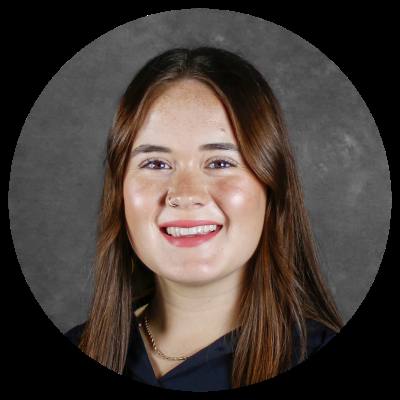The board of trustees approved the new instructional materials and voted to transfer $2.3 million from the district’s general fund balance to cover their cost after receiving less state funding than anticipated, district officials said at an April 11 meeting.
The details
The district adopted new instructional materials for the following courses:
K-12 science
- K-8 science
- Biology
- Integrated physics and chemistry
- Chemistry and AP chemistry
- Physics
- Earth systems science
- Environmental systems
- Astronomy
- AP economics
- AP European history
- AP US government
- AP psychology
The cost
The district transferred $2.3 million out of its fund balance to pay for the new instructional materials as their costs were not fully covered by the district’s Instructional Materials and Technology Allotment, district officials said. The new materials cost $6.36 million while the district had $4.03 million in available funding for instructional materials, according to district documents.
For the 2021-23 school years, the district received $5.4 million less than it expected from the state for new instructional materials, which negatively impacted funding for next school year, district documents state.
“The [instructional materials allotment] that we got from the state was significantly shorter than they usually allocate,” Place 1 board member Trish Bode said. “If we had gotten our [instructional materials allotment] funds the way it was supposed to have happened ... we wouldn’t be in this situation.”
The backstory
The new materials come as the State Board of Education approved new materials in K-12 science, K-8 technology applications, high school financial literacy and economics, and some CTE courses, according to the Texas Education Agency.
In August, the district began forming committees of staff and community members who reviewed and recommended materials for selection in light of community feedback received in January and February, according to district information.
“The amount of work that went into the selection of these materials, especially for science, was immense,” Place 6 board member Francesca Romans said. “It was an incredible process.”





